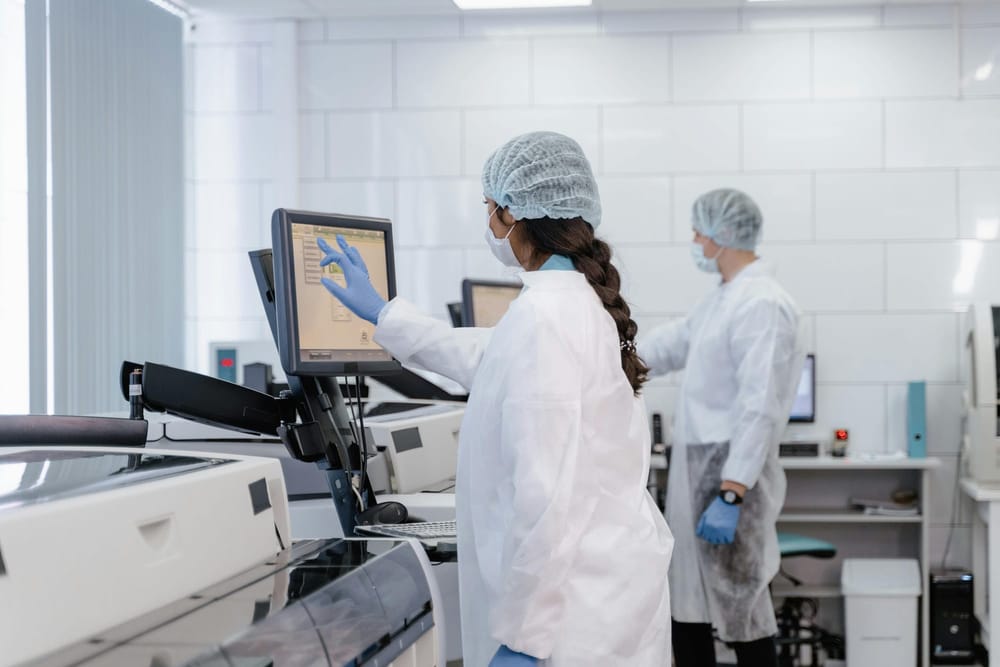Exploring Scopy: Python Tools for Smarter Drug Discovery
Scopy is a Python library that streamlines early drug discovery by offering modules for drug-likeness scoring, molecular representation, toxicity prediction, and data pre-treatment. Its modular design empowers researchers to clean, filter, and analyze molecular datasets efficiently.

In the early stages of drug development, the ability to screen out undesirable molecules—before time and resources are spent—is critical. Scopy (Screening Compounds in Python) is a comprehensive open-source Python library designed to address just that. It enables scientists and engineers to evaluate, filter, and analyze compounds for drug-likeness, toxicity, and more, using six well-designed modules.
This post highlights key components of Scopy, each accompanied by an audio overview you can listen to directly via NotebookLM.
🧪 1. Assessing Drug-Likeness with ScoDruglikeness
The ScoDruglikeness module helps engineers compute properties like molecular weight, LogP, and TPSA, which are vital in understanding a compound’s potential as a drug. It incorporates well-known filters such as Lipinski’s Rule of Five and Veber’s Rule, all optimized for batch-processing using multiprocessing.
👉 Want to hear a quick summary?
ScoDruglikeness: Drug-Likeness Assessment for Engineers (Audio Overview)
🔬 2. Molecular Representations with ScoRepresent
Converting chemical structures into machine-readable formats is foundational for predictive modeling and similarity searching. The ScoRepresent module supports a wide range of molecular fingerprints (like Morgan, MACCS, PubChem) and scaffold extraction (Murcko, Carbon), aiding tasks like virtual screening, QSAR/QSPR, and machine learning.
👉 Learn more about this through the audio summary:
Molecular Representations in Scopy Drug Discovery (Audio Overview)
☠️ 3. Predicting Toxicity with ScoTox
Toxicity screening is often expensive and time-consuming. With the ScoTox module, Scopy enables early toxicity assessment using SMARTS patterns. It flags substructures associated with genotoxicity, aquatic toxicity, and more—allowing researchers to reduce potential risks while improving compound safety profiles.
👉 Here’s an audio walk-through of how it works:
ScoTox: In Silico Toxicity Assessment in Drug Discovery (Audio Overview)
🧼 4. Pre-treating Molecules with ScoPretreat
Cheminformatics data often contains noise—like mischarged atoms, irrelevant fragments, or non-canonical tautomers. The ScoPretreat module standardizes and cleans molecules by performing metal disconnection, fragment removal, and tautomer normalization. It also includes a validator to highlight molecular inconsistencies.
👉 Hear about ScoPretreat in this short overview:
ScoPretreat Module for Molecule Pre-treatment (Audio Overview)
Check out Scopy

🚀 Why Scopy Matters
Scopy offers a practical and engineering-focused approach to drug discovery. Whether you’re filtering large molecular libraries or optimizing lead compounds, its modular architecture ensures you can plug in what you need—when you need it.
Each module complements the next, creating a smooth pipeline from molecule cleaning to screening, representation, and evaluation. And with easy integrations and thoughtful audio walkthroughs, Scopy makes cheminformatics accessible even to non-specialists.

